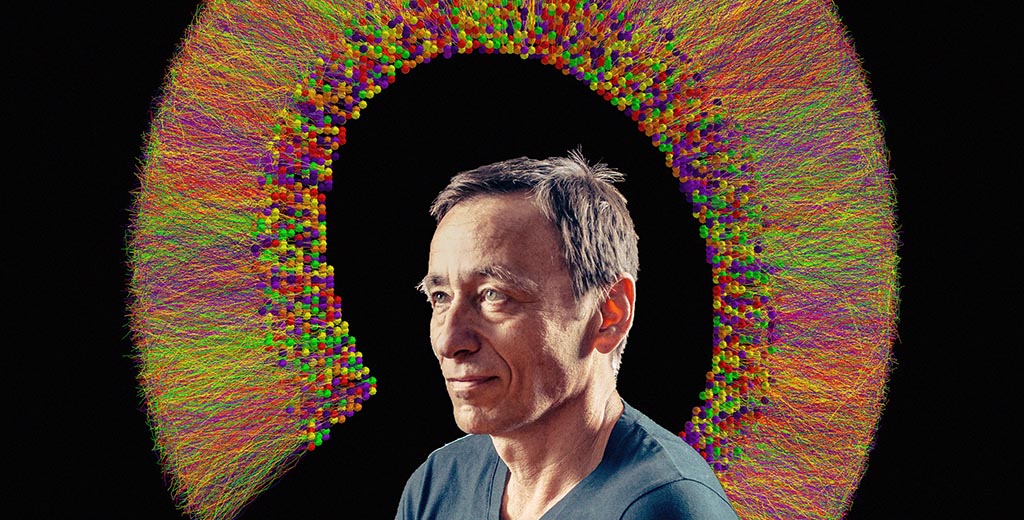When a model has as much resolution as the thing it’s modeling, is it still a model? Or is it a working copy?
When I posed that question in my Stanford Medicine article, "Computer Memory," I was talking about the brain — specifically, about scientists' efforts to create high-resolution simulated versions of the human brain, bells and whistles and warts and all.
Reproducing that circuitry is a tall order. The human brain boasts an estimated 100 billion nerve cells, or neurons, each of which may connect to up to 10,000 other neurons (although not all do). If you could count all those contacts, one per second, you'd need just over 31 trillion years to finish the job.
But a team led by Stanford neuroscientist Ivan Soltesz, PhD, has bit off a manageable chunk of this meaty aspiration and successfully chewed its way to success. Soltesz' group has focused on an all-important, well-studied brain structure called the hippocampus, which is not only indispensable for learning and memory but also happens to be the initiation site of most epileptic seizures — and whose accelerated degeneration is a classic feature of Alzheimer's disease.
While it occupies a relatively small amount of space in the brain, a human hippocampus, with its multi-trillion neuron-to-neuron connections, remains out of reach at the moment. Plus, the vast majority of research on this structure has been in rodents. So for now, Soltesz and his colleagues' virtual models are based on mice and rats.
That's no walk in the park, either. But the researchers have produced working models, at high resolution, of sizable sections of the rodent hippocampus including one called CA1, along with the roughly one-half million inputs this region gets from elsewhere. They've programmed it to reflect various incoming patterns, flipped the switch, and watched how it reacts.
From my article:
'Anything we feed into the model is based on hard experimental evidence,' Soltesz said. 'If we’re telling the computer that ‘the firing frequency, strength and duration of this neuron-to-neuron connection should be this much,’ it’s because that’s what we’ve observed in biological systems. We don’t make stuff up.'
Intriguingly, the researchers have found that this model spontaneously reproduces rhythmic firing patterns seen in real neurons in CA1. Soltesz thinks different phases of these rhythms serve a multiplexing function, like different channels on a TV, allowing separate streams of information to be processed in parallel and then routed to the right destination.
Crunching the data programmed into their model requires immense computation. Again, from my piece:
The numbers involved are so gigantic that a four-second simulation of CA1 activity takes four hours to run on Blue Waters, a powerful supercomputer hosted by the University of Illinois at Urbana-Champaign. Blue Waters’ operating speed is measured in the number of mathematical calculations it can perform in one second: 10 to the 15th power, the equivalent of stringing a few hundred thousand high-performance laptops together to work in tandem.
Still, with the progress being made in computation and neuroscience, it may someday be possible to build customized, patient-specific models of the entire human brain in order to non-invasively test the effects of one or another drug or surgical intervention on that particular brain.
And that's just an example of the medical possibilities...
Photo by Timothy Archibald




